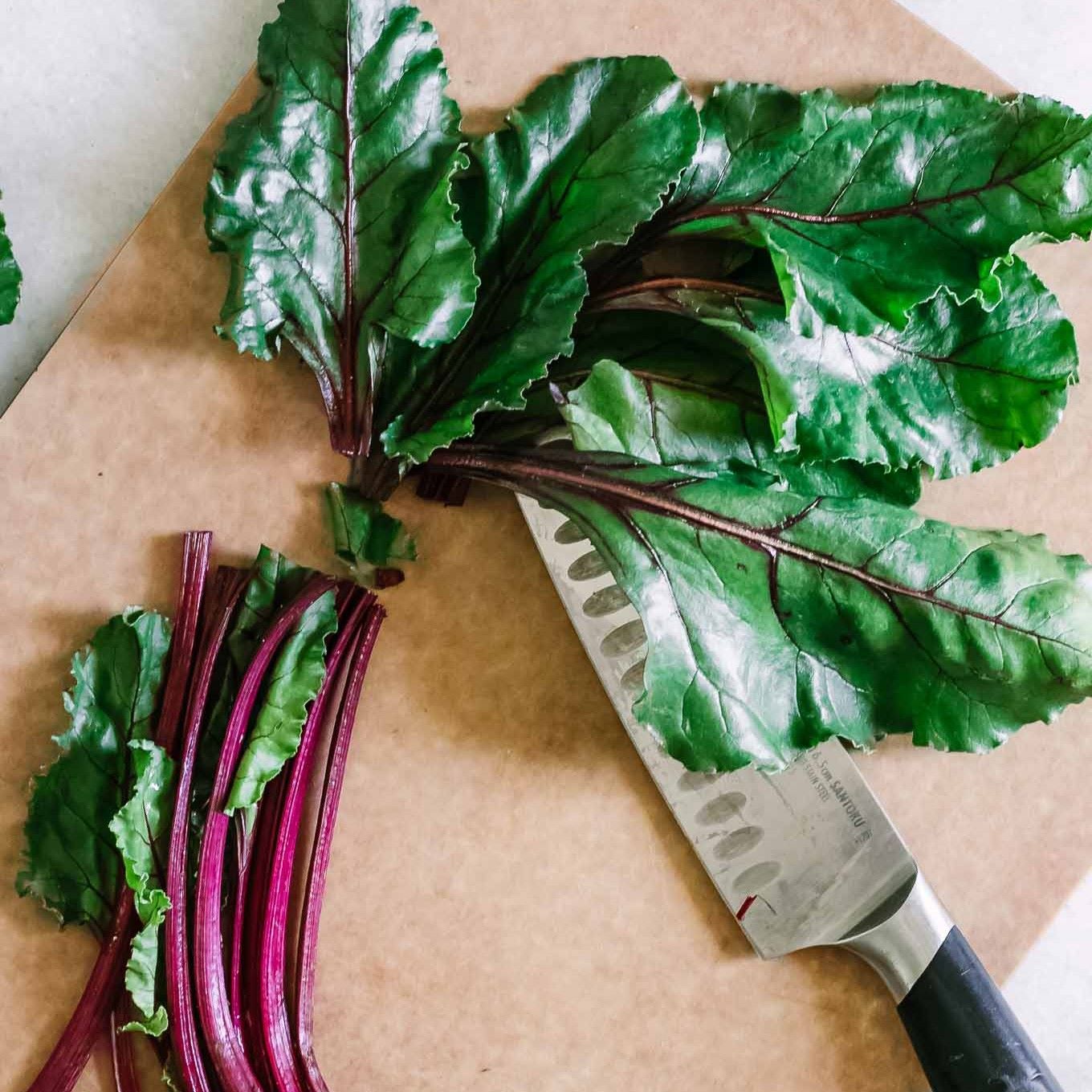

Articles
How To Store Beet Greens In The Fridge
Modified: August 27, 2024
Learn how to properly store beet greens in the fridge to keep them fresh for longer. Read our articles for the best tips and techniques.
(Many of the links in this article redirect to a specific reviewed product. Your purchase of these products through affiliate links helps to generate commission for Storables.com, at no extra cost. Learn more)
Introduction
Welcome to this comprehensive guide on how to store beet greens in the fridge. If you’re a beet lover or have recently discovered the delightful taste and nutritional benefits of beet greens, then you’ll want to ensure you’re storing them properly to maximize their freshness and flavor.
Beet greens, the leafy green tops of the beetroot plant, are not only delicious but also highly nutritious. They are an excellent source of vitamins A, C, and K, as well as minerals like iron, calcium, and potassium. Whether you’ve harvested beet greens from your own garden or purchased them from a farmer’s market or grocery store, proper storage is crucial to maintain their quality and extend their shelf life.
In this article, we’ll provide you with valuable tips and step-by-step instructions on how to store beet greens in the fridge. We’ll also explore alternative methods and common mistakes to avoid to ensure your beet greens stay fresh and vibrant for as long as possible.
So, let’s dive in and discover the best practices for storing beet greens!
Key Takeaways:
- Properly storing beet greens in the fridge preserves their freshness, extends shelf life, and maintains their nutritional value, reducing food waste and ensuring convenient access for everyday cooking.
- Avoid common mistakes like storing unwashed greens, packing them too tightly, or neglecting to check for wilted leaves to keep your beet greens fresh and flavorful.
Read more: How To Store Leafy Greens In Fridge
Why store beet greens in the fridge?
When it comes to beet greens, proper storage is essential to maintain their freshness and nutritional value. Storing them in the fridge offers several benefits:
- Preserves freshness: Beet greens are delicate and can wilt easily if not stored properly. Placing them in the refrigerator helps to slow down the natural wilting process, preserving their crispness and vibrant green color.
- Extends shelf life: By keeping beet greens in the fridge, you can significantly extend their shelf life. Proper storage can help them stay fresh for up to a week, ensuring you can enjoy their nutritional benefits over multiple meals.
- Maintains nutritional value: Beet greens are packed with vitamins, minerals, and antioxidants that contribute to overall health and well-being. Refrigeration helps to maintain their nutritional value by slowing down the degradation process.
- Reduces food waste: By storing beet greens properly in the fridge, you minimize the risk of spoilage and reduce food waste. This allows you to make the most of your beet greens and avoid throwing away wilted or spoiled leaves.
- Convenience and accessibility: Storing beet greens in the fridge makes them easily accessible for your everyday cooking. Whether you’re preparing salads, sautés, or smoothies, having fresh beet greens readily available in the refrigerator ensures that they are at your fingertips when you need them.
Overall, storing beet greens in the fridge is essential for maintaining their quality, extending their shelf life, and enjoying their nutritional benefits to the fullest.
General tips for storing beet greens
Before we dive into the step-by-step guide on how to store beet greens in the fridge, here are some general tips to keep in mind:
- Choose fresh and undamaged greens: Select beet greens that are fresh, crisp, and free from any signs of wilting or damage. Look for vibrant green leaves with no yellowing or browning.
- Separate the greens from the beetroots: If you have harvested your own beets, make sure to separate the beet greens from the roots immediately. Storing them together can lead to faster deterioration.
- Remove any ties or bands: If the beet greens are tied or banded together, remove any packaging or ties that might restrict airflow.
- Do not wash before storing: It’s best to store beet greens unwashed. Excess moisture can cause them to wilt and spoil faster. Aim to wash them just before using.
- Trim the stems: Trim the ends of the beet greens’ stems to help them absorb moisture and stay fresh.
- Store in breathable bags or containers: Beet greens require airflow to stay fresh. Store them in breathable produce bags or containers to prevent moisture buildup.
- Keep away from ethylene-producing fruits and vegetables: Some fruits and vegetables, like apples, bananas, and avocados, produce ethylene gas, which can accelerate the wilting and spoilage of beet greens. Store them separately to avoid this.
- Check and remove any wilted leaves: Regularly check your stored beet greens and discard any leaves that are wilted, slimy, or show signs of spoilage.
By following these general tips, you’ll create an optimal environment for storing beet greens and ensure they stay fresh and flavorful for a longer duration.
Step-by-step guide: How to store beet greens in the fridge
Now that you’re equipped with the general tips, let’s dive into the step-by-step process of storing beet greens in the fridge:
- Prepare the beet greens: Start by separating the beet greens from the beetroot if they are still attached. Trim the stems, removing any discolored or damaged parts. Leave the greens whole or chop them into desired-sized pieces for convenience.
- Wash and dry (optional): If you prefer to wash your beet greens before storing, gently rinse them under cool running water to remove any dirt or debris. Pat them dry with a clean kitchen towel or use a salad spinner to remove excess moisture. However, it’s best to store beet greens unwashed to extend their shelf life.
- Wrap in damp paper towels: Take a few sheets of damp paper towels and carefully wrap the beet greens. This helps to maintain their moisture levels and crispness.
- Place in a breathable bag or container: Transfer the wrapped beet greens to a breathable produce bag or an airtight container with ventilation holes. This allows for proper airflow and prevents moisture buildup.
- Label and store in the fridge: Label the bag or container with the date of storage to keep track of freshness. Place the beet greens in the crisper drawer of your refrigerator, which is specifically designed to preserve the freshness of fruits and vegetables.
- Regularly check and discard wilted leaves: Periodically inspect your stored beet greens and remove any wilted or spoiled leaves. This prevents spoilage from spreading to the rest of the greens.
Following these simple steps will help you maintain the quality, freshness, and crunch of your beet greens for an extended period in the refrigerator.
After purchasing beet greens, remove any rubber bands or ties, then wrap the greens in a damp paper towel and place them in a plastic bag in the fridge. This will help keep them fresh for up to a week.
Alternative methods for storing beet greens
In addition to storing beet greens in the fridge, there are a few alternative methods you can explore:
- Freezing: If you have an abundance of beet greens and want to preserve them for a longer time, freezing is a great option. Start by blanching the greens in boiling water for a couple of minutes, then transfer them to an ice bath to cool. Drain and pat them dry, then pack them in airtight freezer bags or containers. Label with the date and freeze for up to six months. Frozen beet greens are ideal for use in cooked dishes like soups or sautés, but their texture may change slightly after thawing.
- Preserving in vinegar: Another method to store beet greens is by preserving them in vinegar. This technique involves packing cleaned and dried beet greens in a jar and covering them with vinegar, such as apple cider vinegar or white wine vinegar. Seal the jar tightly and store it in a cool, dark place. Beet greens preserved in vinegar can last for several months and can be used as a tangy addition to salads or sandwiches.
- Drying: Drying beet greens is a traditional method of preservation that involves removing the moisture from the leaves. Wash the greens thoroughly and pat them dry. Arrange them in a single layer on a drying rack or baking sheet and place them in a warm, well-ventilated area. Allow them to air-dry for several days until they become crisp. Once dried, store the beet greens in an airtight container in a cool, dry place. Dried beet greens can be used as a flavorful addition to soups, stews, and even as a crunchy snack.
These alternative methods provide different options for storing beet greens based on your preferences and intended use. Just keep in mind that each method may slightly alter the texture and flavor of the greens, so experimenting is key to find the method that suits your needs.
Read more: How To Store Cooked Beets
Common mistakes to avoid when storing beet greens
To ensure you get the most out of your beet greens and preserve their freshness, it’s important to avoid these common mistakes:
- Storing unwashed beet greens: While it’s best to store beet greens unwashed to prevent excess moisture, make sure they are free from dirt and debris before storage. Cleaning them just before use can help maintain their quality.
- Packing beet greens too tightly: Proper airflow is crucial for keeping beet greens fresh. Avoid packing them tightly in a bag or container, as this can lead to moisture buildup and faster spoilage.
- Storing beet greens with wet paper towels: While using damp paper towels can help maintain moisture levels, wet paper towels can make the greens soggy and promote mold growth. Make sure the paper towels are only slightly damp, not dripping wet.
- Storing beet greens near ethylene-producing fruits: As mentioned earlier, fruits like apples and bananas produce ethylene gas, which can accelerate the wilting and spoilage of beet greens. Keep them separate to avoid this.
- Not checking and removing wilted leaves regularly: Wilted or spoiled leaves can quickly spread decay to the rest of the beet greens. Regularly inspect your stored greens and discard any leaves that show signs of spoilage.
- Storing beet greens for too long: While proper storage can extend the shelf life of beet greens, it’s important to use them within a reasonable time frame. The longer they are stored, the greater the chances of deterioration and loss of nutritional value.
By avoiding these common mistakes, you can ensure that your beet greens stay fresh, flavorful, and ready to use when you need them.
Frequently asked questions about storing beet greens
Here are some common questions people have about storing beet greens:
- Can I store beet greens with the beetroot?
It’s best to separate the beet greens from the beetroot before storing. The greens and roots have different storage requirements, and storing them together can lead to faster spoilage. - How long do beet greens last in the fridge?
With proper storage, beet greens can last up to a week in the refrigerator. However, for the best flavor and texture, it’s recommended to use them within a few days of purchase or harvest. - Can I store beet greens in a plastic bag?
While it’s not ideal, you can store beet greens in a plastic bag as long as it’s breathable with small ventilation holes. This will allow some airflow and prevent moisture buildup. - Can I freeze beet greens without blanching?
Blanching beet greens before freezing helps preserve their color, texture, and nutritional value. Although you can freeze them without blanching, they may not retain their quality as well and may develop a mushier texture. - Can I store beet greens in water?
Storing beet greens in water is generally not recommended as it can promote bacterial growth and cause wilting. It’s best to follow the methods mentioned earlier, such as wrapping in damp paper towels or storing them in breathable bags.
Remember, proper storage practices will help maintain the freshness and quality of your beet greens for optimal enjoyment.
Conclusion and final tips
Storing beet greens properly is essential to maintain their freshness, flavor, and nutritional value. By following the tips and steps outlined in this guide, you can ensure that your beet greens stay vibrant and delicious for longer periods in the refrigerator. Here’s a recap of the key points:
- Choose fresh and undamaged beet greens.
- Separate the greens from the beetroot.
- Avoid washing beet greens before storage, but clean them just before use if desired.
- Trim the stems and remove any ties or bands.
- Wrap the beet greens in damp paper towels.
- Store them in breathable bags or containers.
- Keep them away from ethylene-producing fruits and vegetables.
- Regularly check for and discard wilted leaves.
Additionally, we explored alternative methods for storing beet greens, such as freezing, preserving in vinegar, and drying. These methods can provide you with options for long-term storage and unique flavor experiences.
Remember to use your beet greens within a reasonable time frame to enjoy them at their best. As with any leafy green, the longer they are stored, the greater the chances of deterioration and loss of nutritional value.
By implementing these storage techniques, you can make the most out of your beet greens and minimize food waste. Whether you harvest them fresh from your garden or purchase them from a local market, you’ll have delicious and nutritious greens ready to elevate your meals.
So go ahead, store your beet greens with confidence, and embrace the vibrant flavors they bring to your culinary creations!
Frequently Asked Questions about How To Store Beet Greens In The Fridge
Was this page helpful?
At Storables.com, we guarantee accurate and reliable information. Our content, validated by Expert Board Contributors, is crafted following stringent Editorial Policies. We're committed to providing you with well-researched, expert-backed insights for all your informational needs.
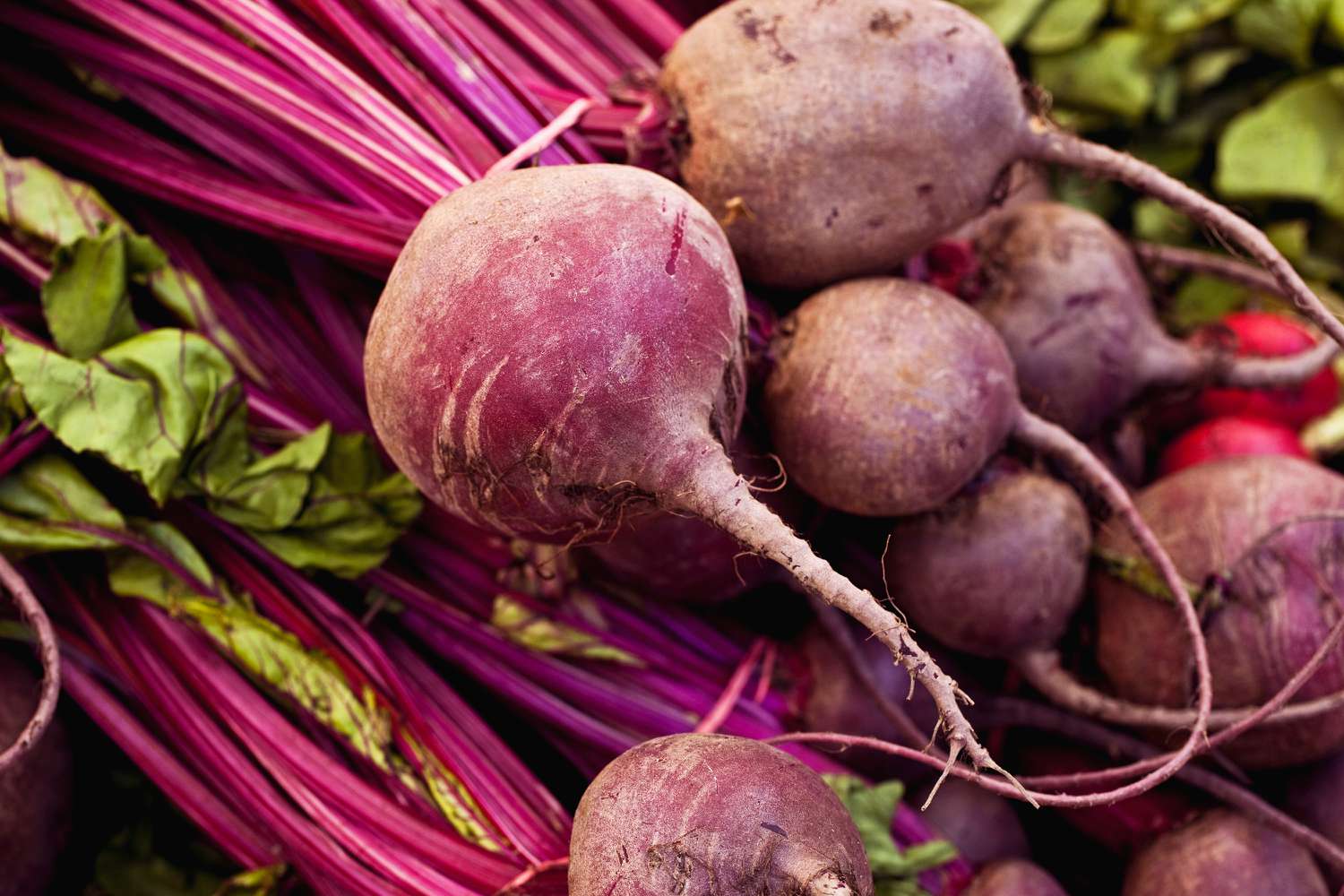
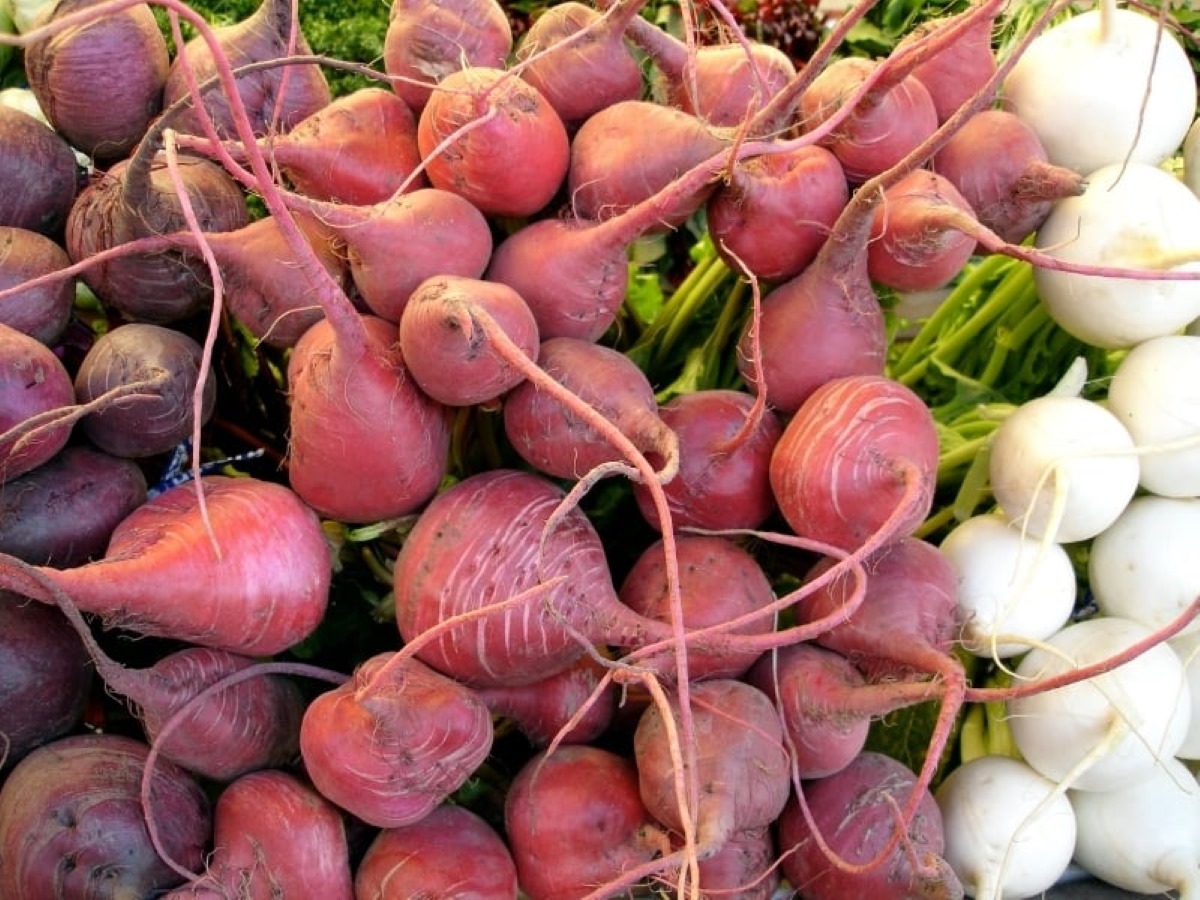
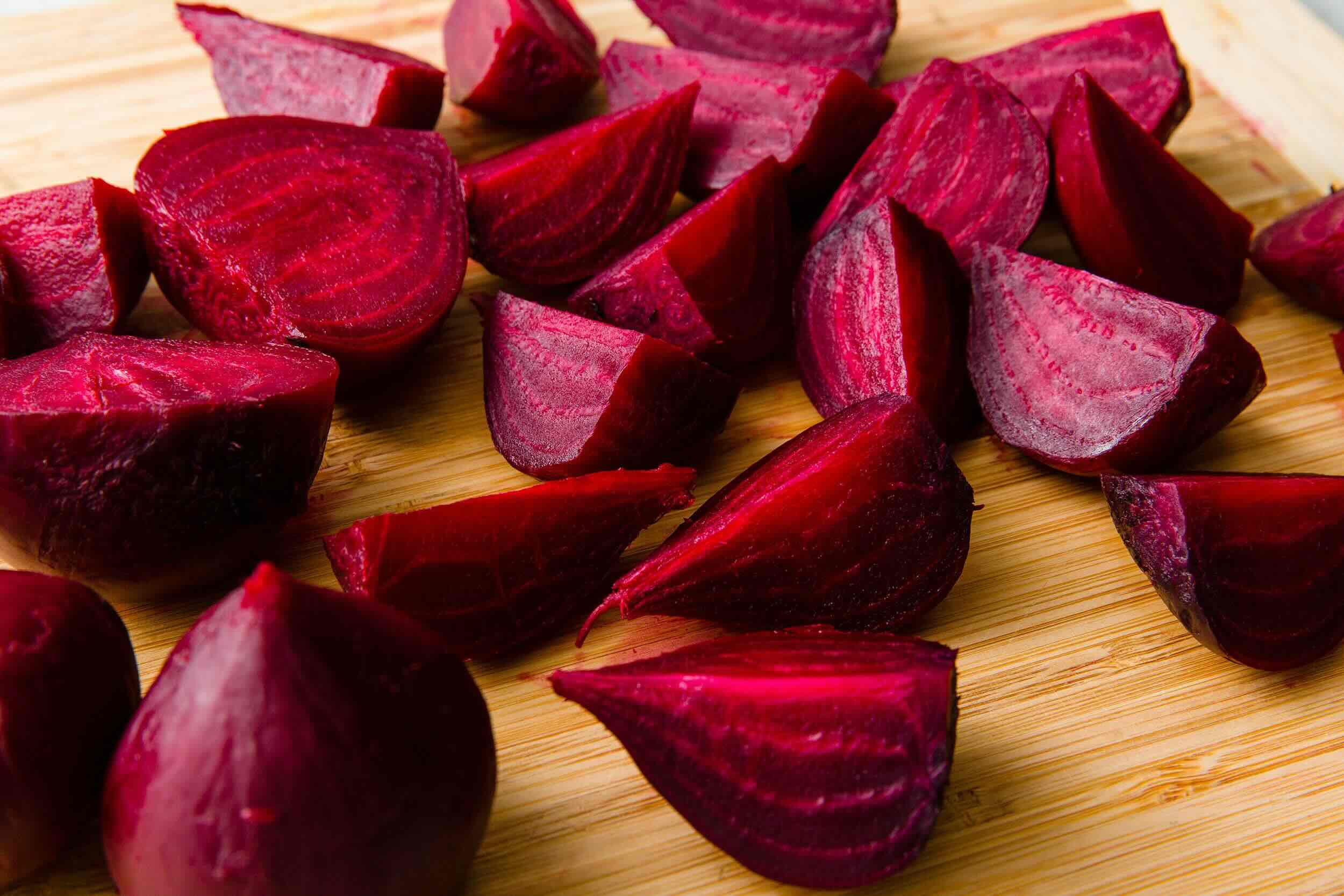
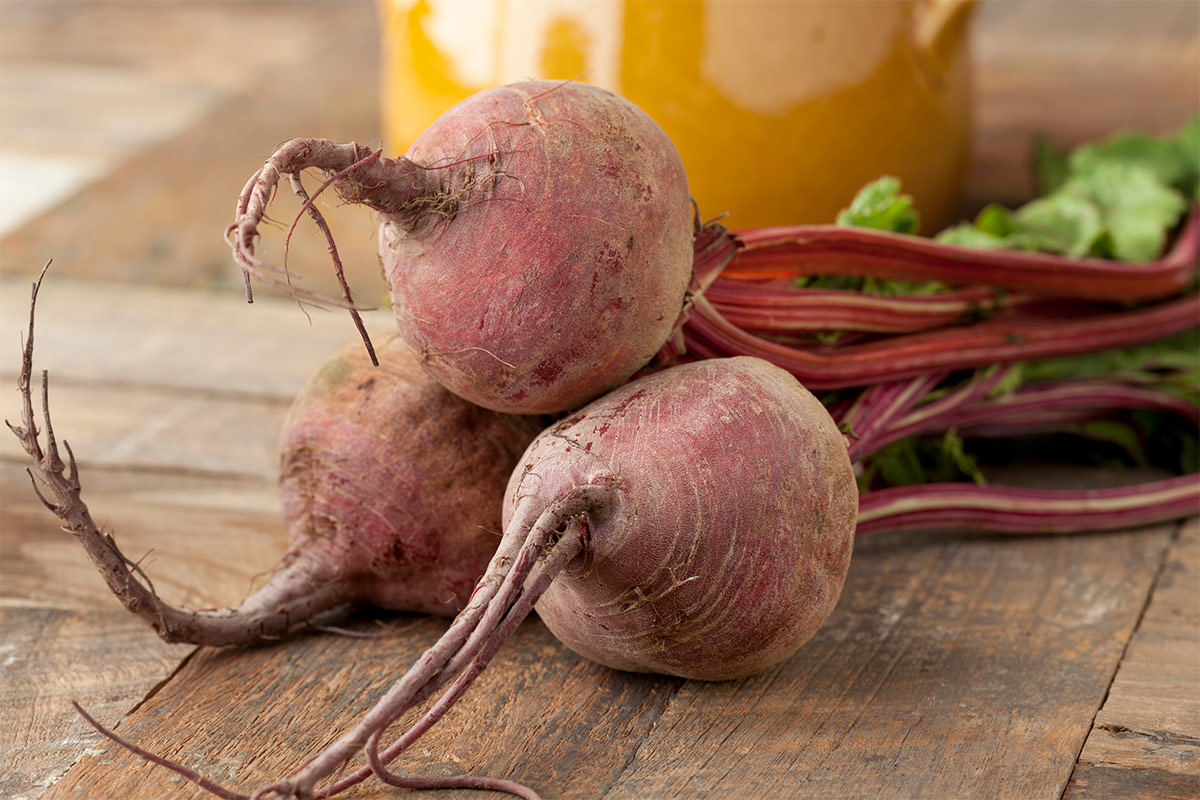
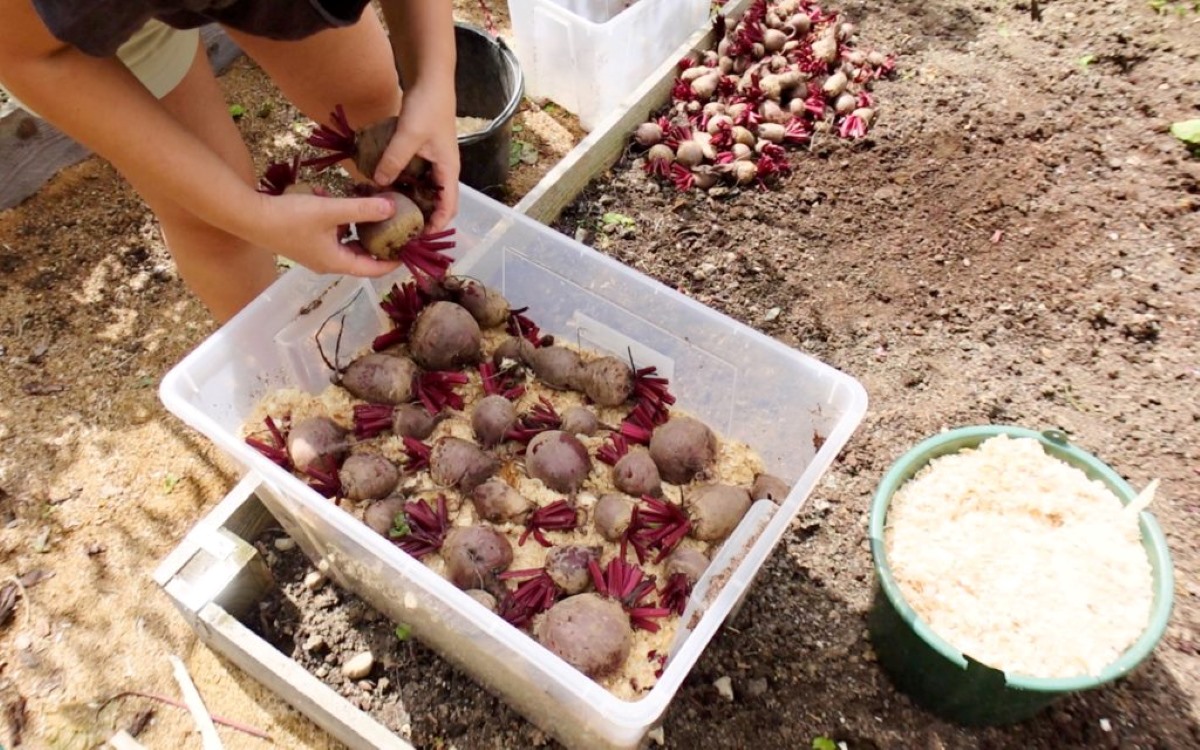
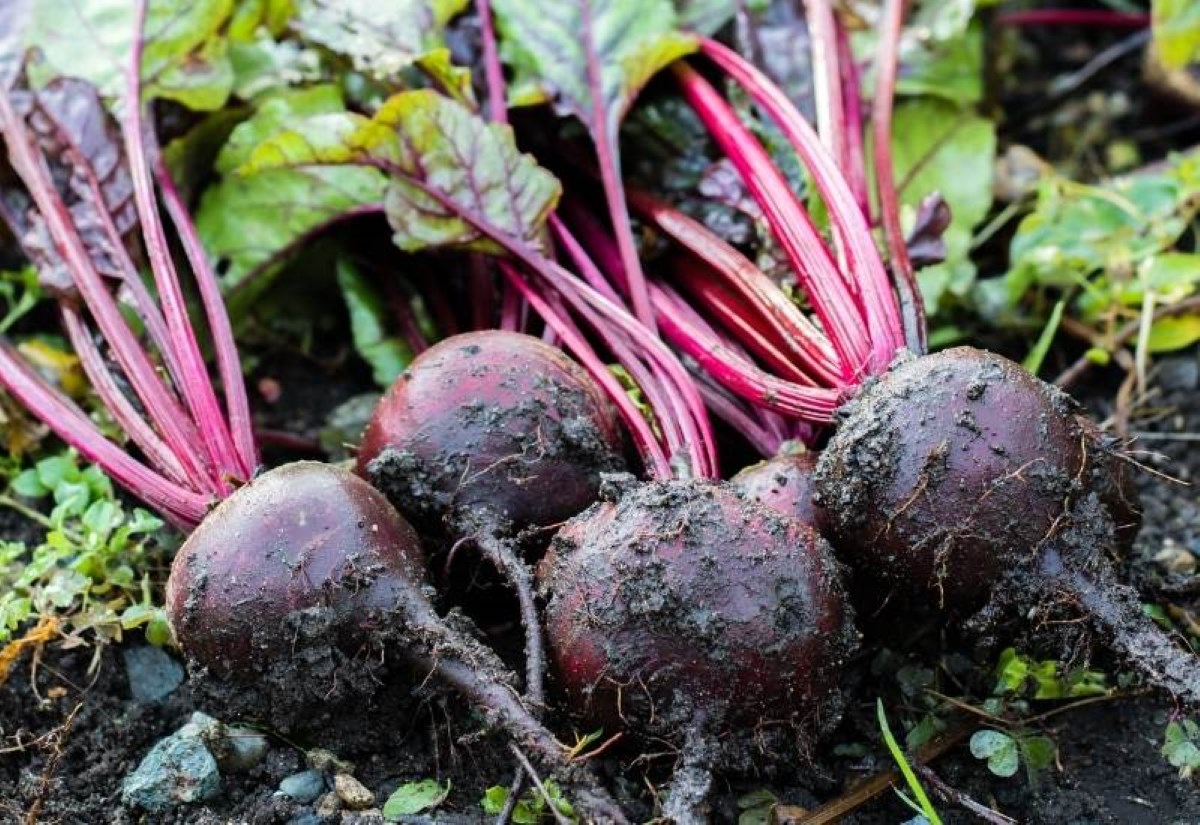
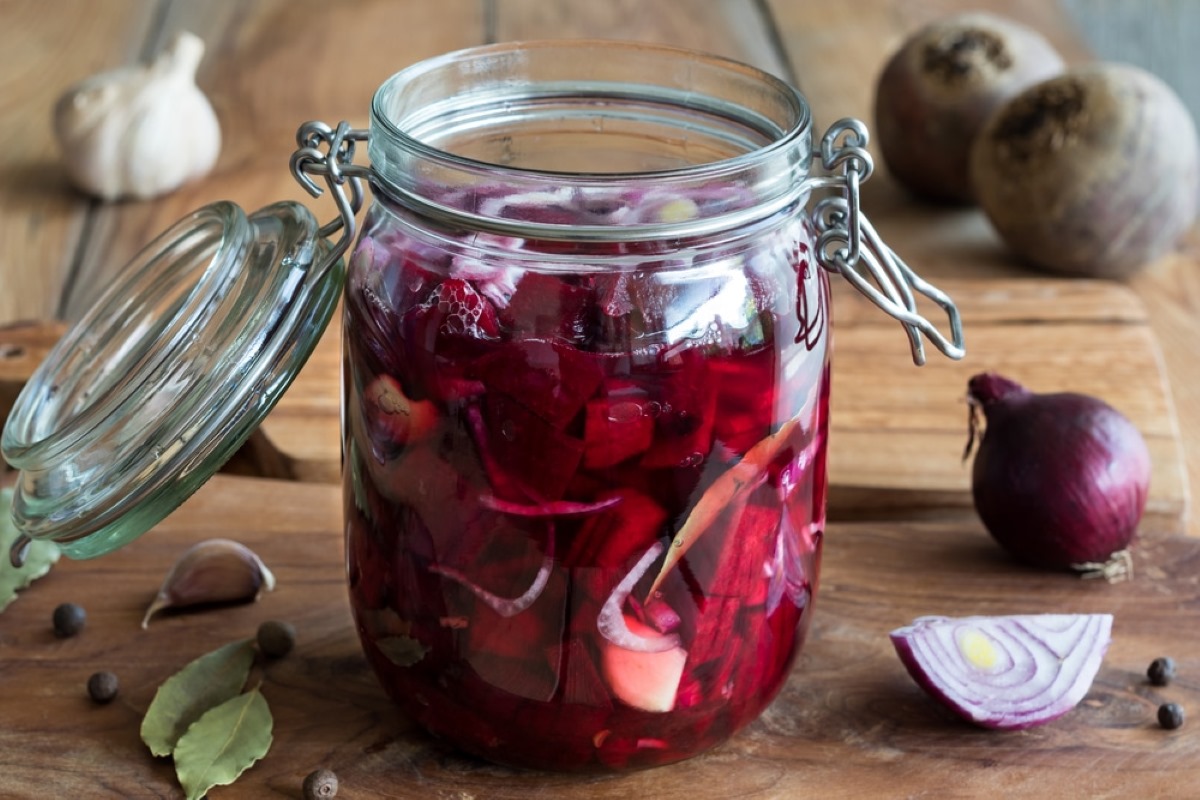
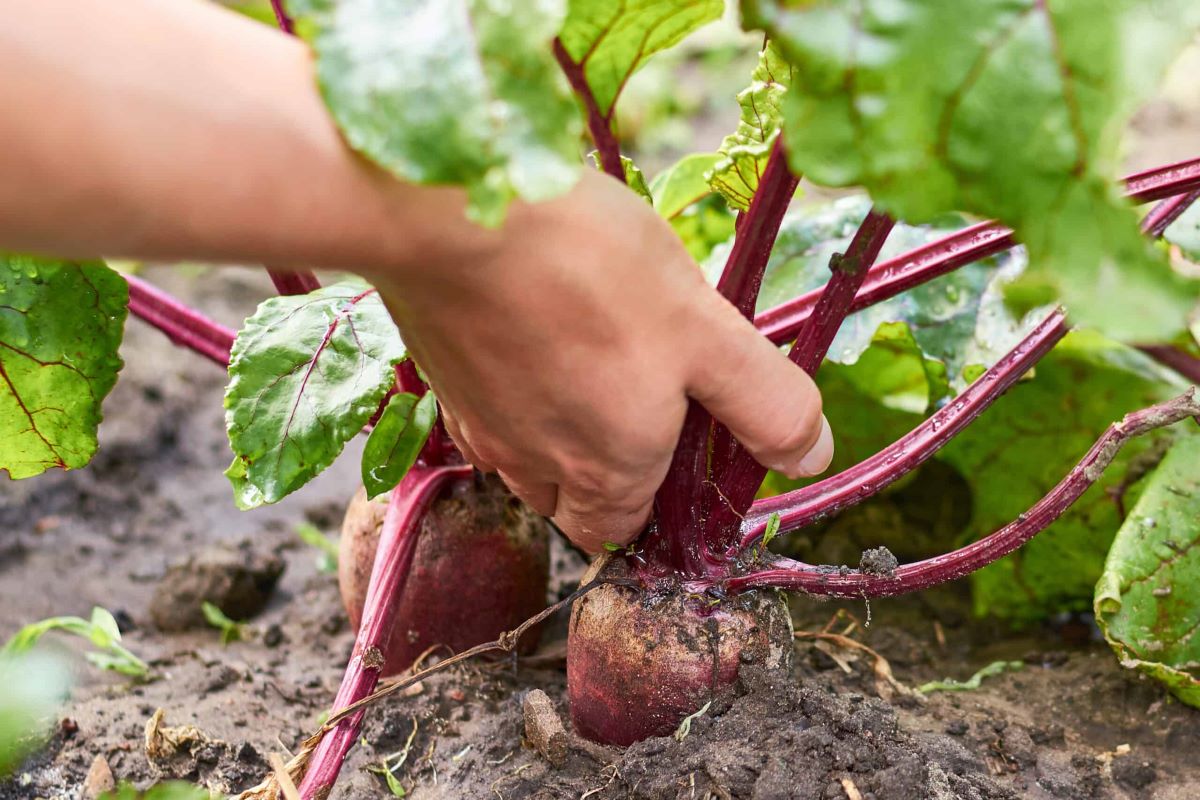
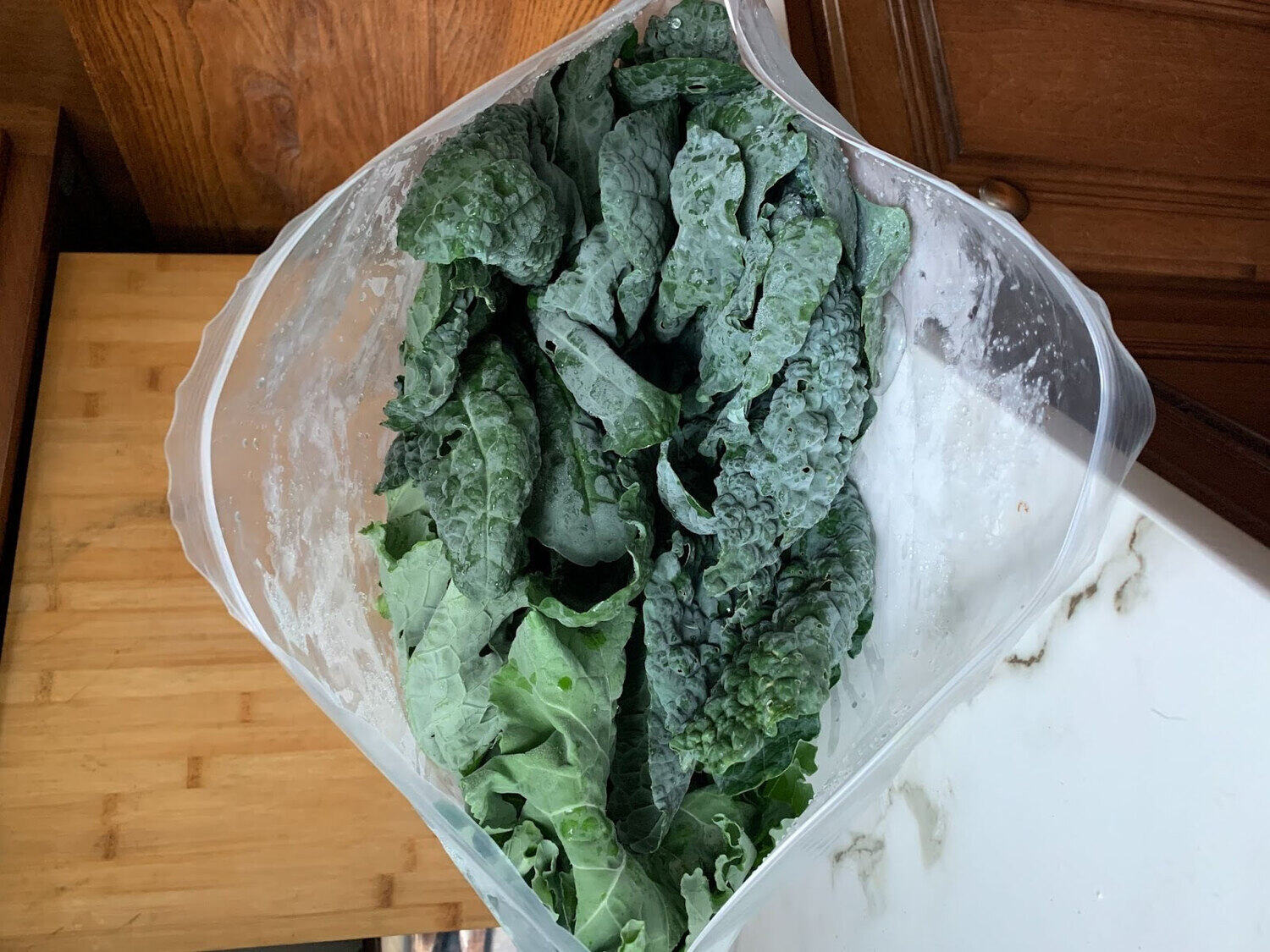
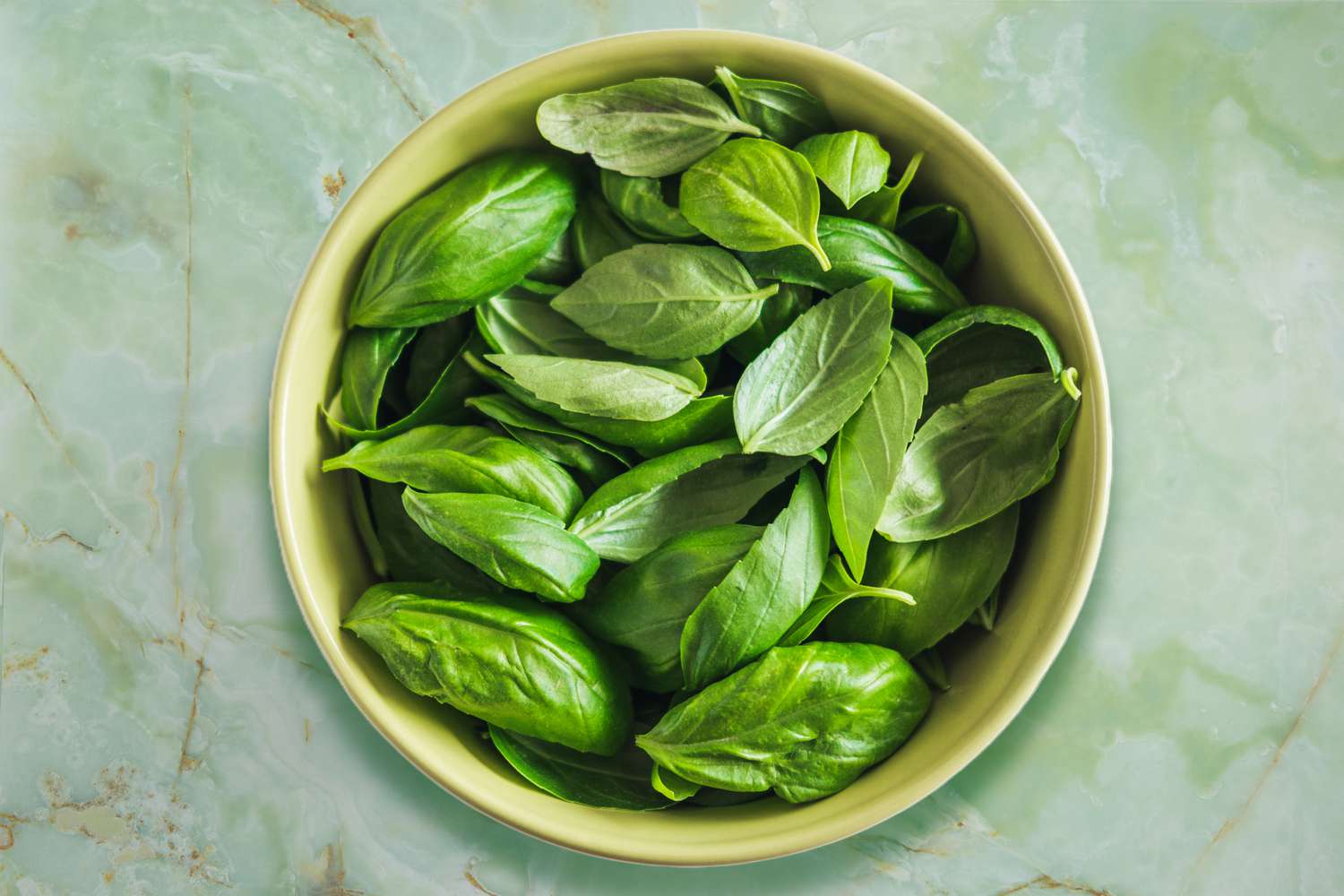
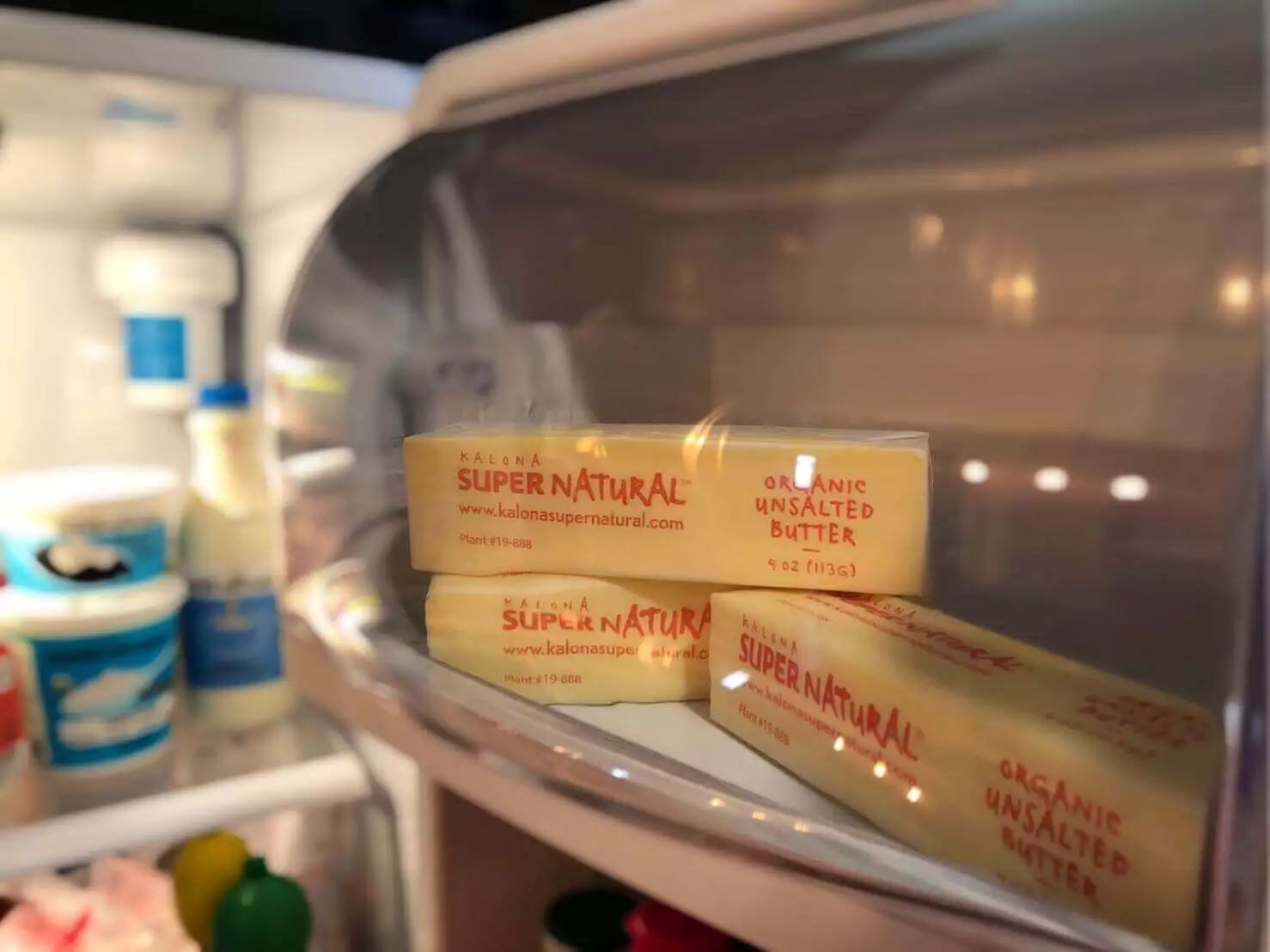
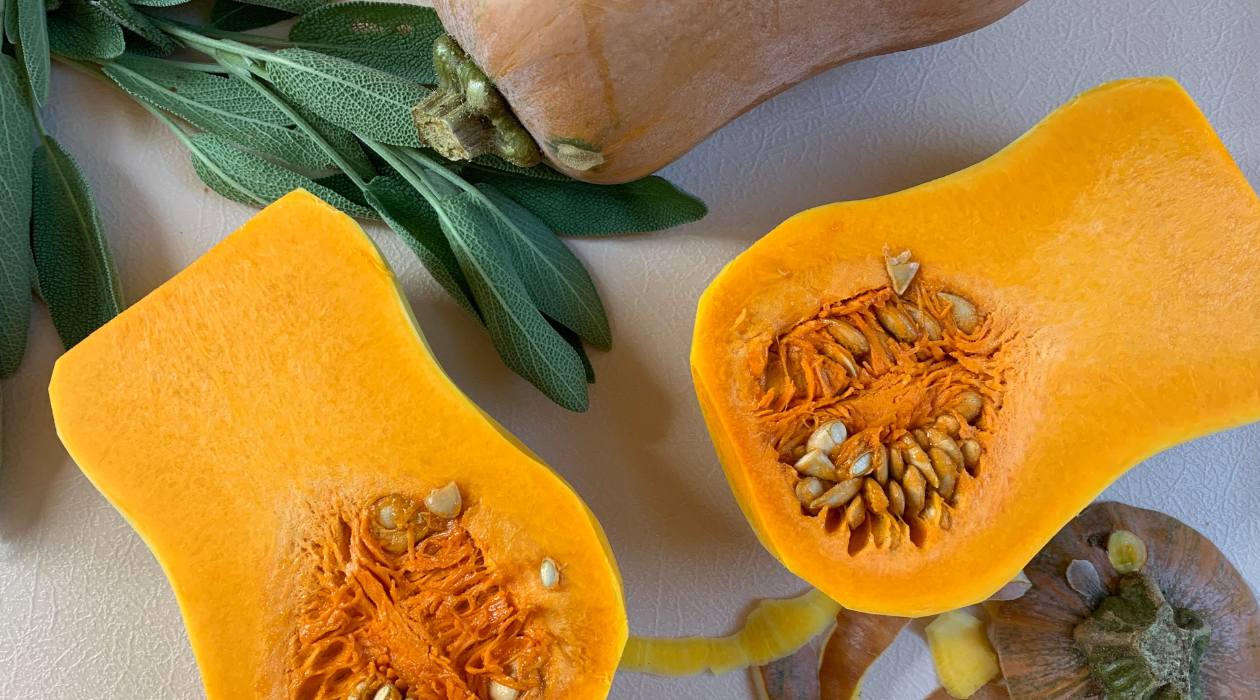
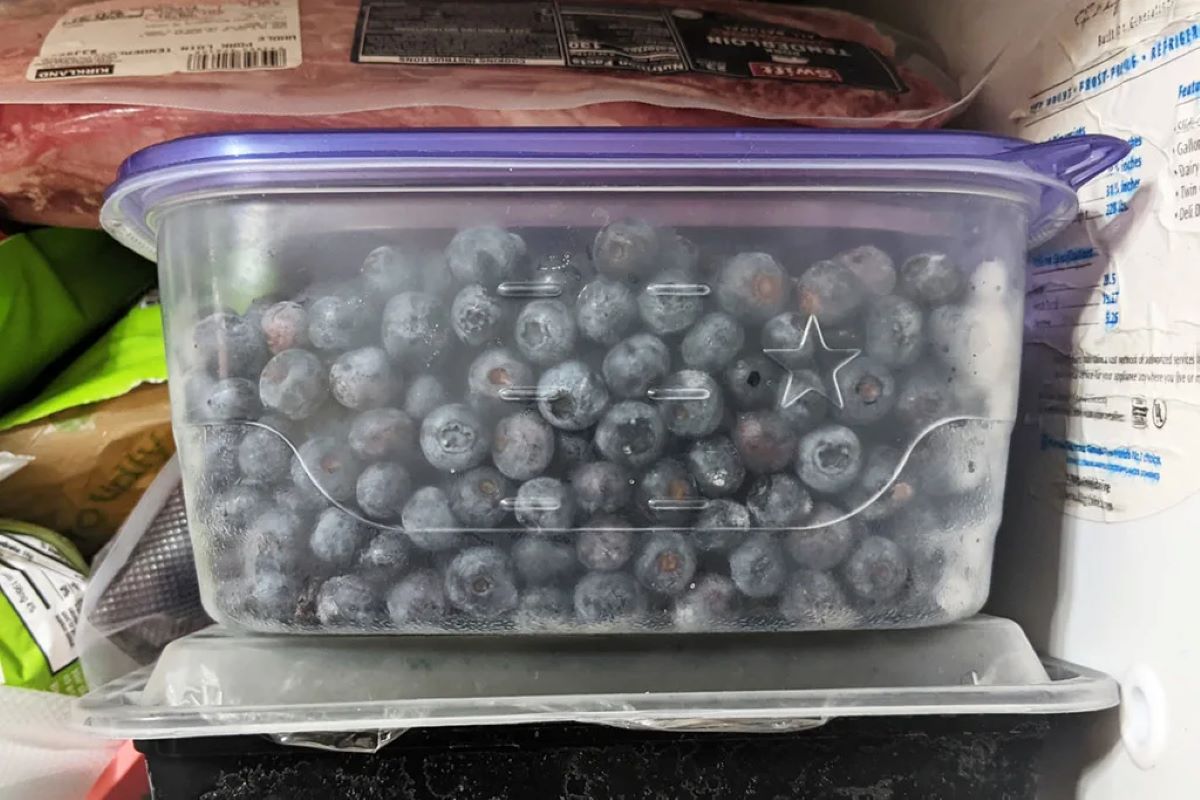
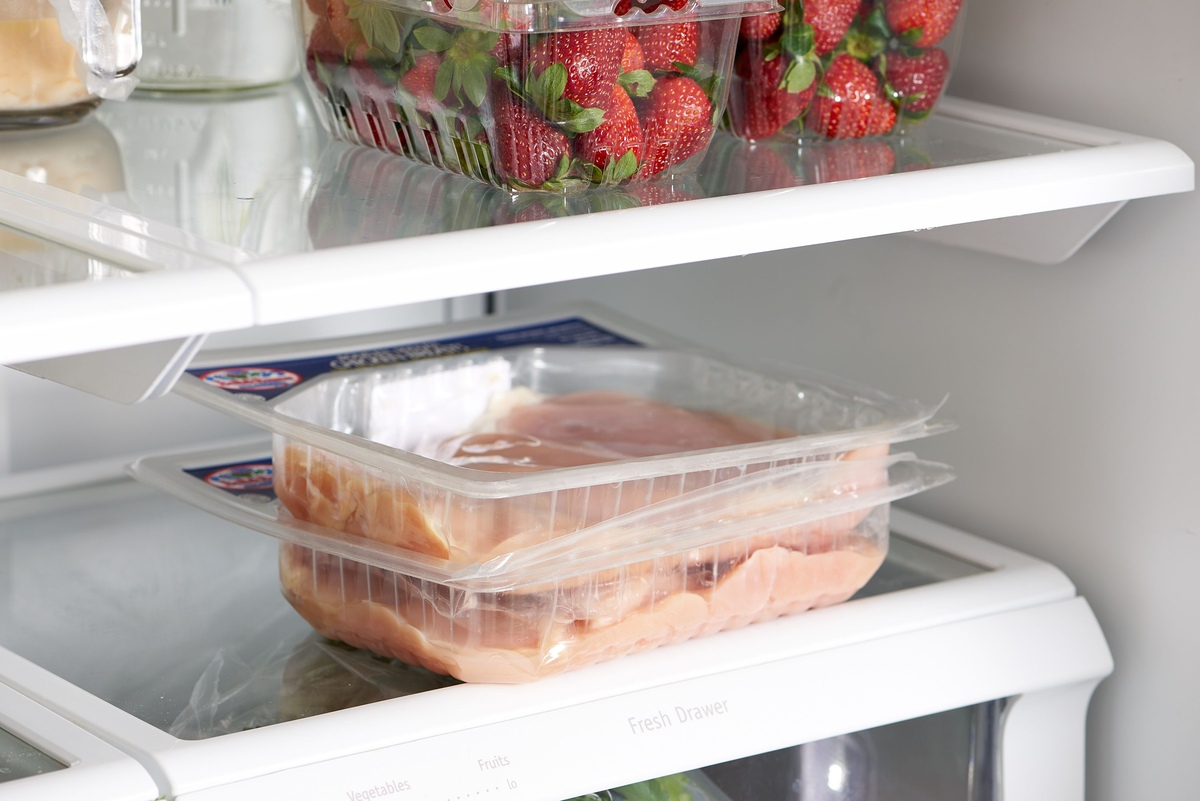

0 thoughts on “How To Store Beet Greens In The Fridge”